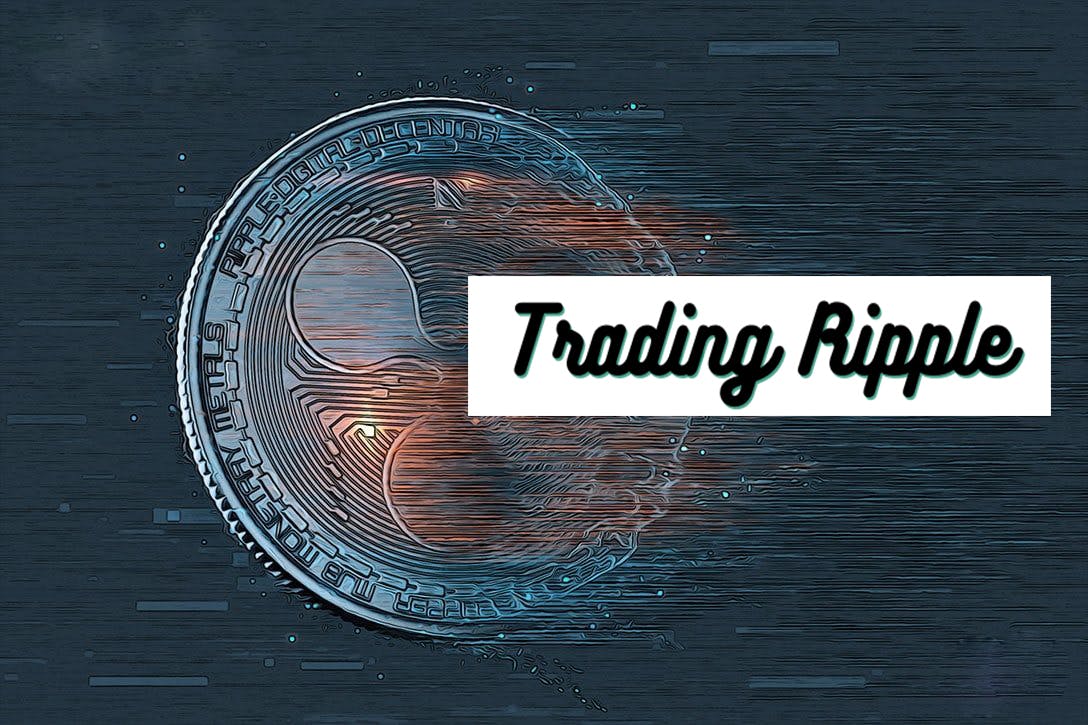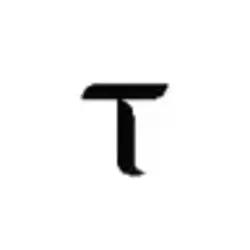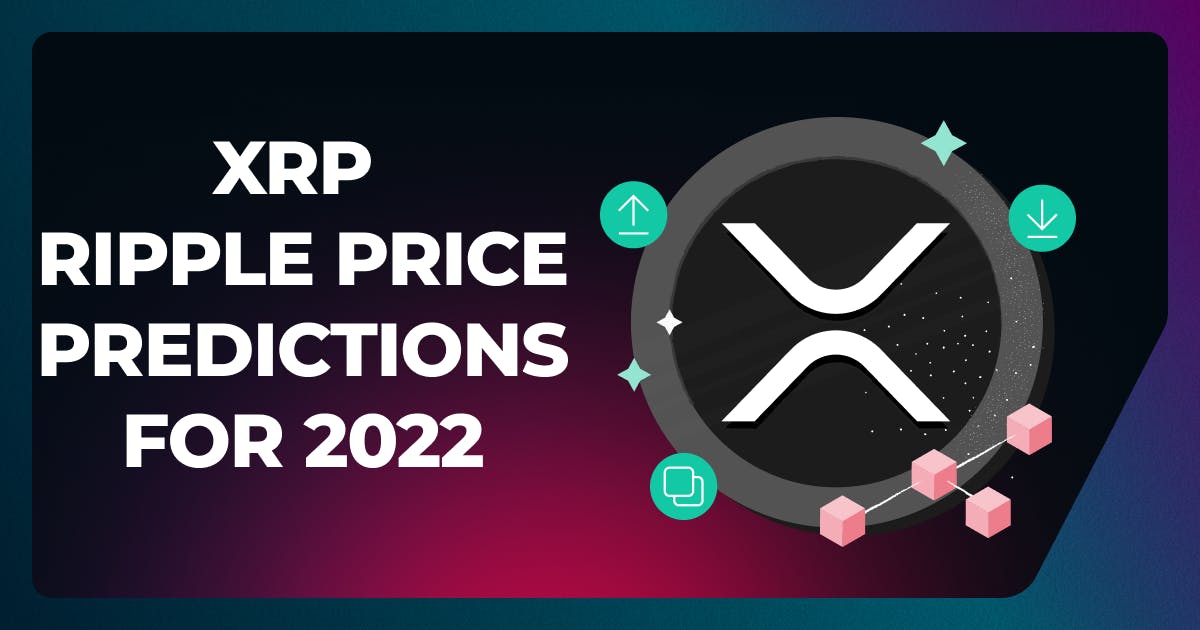
XRP (XRP) Live Price

Market capitalization of a coin is calculated by multiplying the current price in USD or EUR of a single unit of coin by the current circulating supply of that coin available for sale or purchase on public exchanges.
Ex: If the price of BTC is currently $20,000 and there are 50,000 BTC available on public exchanges, then the Market Cap of BTC is $1,000,000,000.
Volume of a coin is the total spot trading volume reported by all exchanges over the past 24 hours multiplied by the value of an individual unit of that coin.
Circulating supply is the approximate number of units of a coin that are currently circulating in the market in the hands of the general public.
Release date is when the first tokens of this cryptocurrency were created and made available for mining or whatever other creation mechanism was specified in this token’s blockchain protocol.
Data provided by Coingecko API
XRP price Statistics
XRP Price Today
Price Change
The percent change in price for this asset compared to 24 hours ago
Trading Volume
Popularity is based on the relative market cap of assets.
XRP Supply
Circulating supply shows the number of coins or tokens that have been issued so far.
XRP Market Cap
Market cap is calculated by multiplying the asset's circulating supply with its current price.
Fully Diluted
Market Cap
XRP Price Yesterday
XRP Price History
The highest price paid for this asset since it was launched or listed.
Data provided by Coingecko API
XRP to EUR converter



Data provided by Coingecko API
Real-Time XRP Price Chart (XRP to EUR)
XRP Exchanges
Exchange | Price | Pair | Spread | 24 Volume | Last Traded |
|---|---|---|---|---|---|
 Binance | €2.14 | XRP/EUR | €0.0001 | €12,051,229 | Recently |
 Kraken | €2.14 | XRP/EUR | €0.00055 | €9,669,285 | Recently |
 Coinbase Pro (GDAX) | €0.54 | XRP/EUR | €0.0002 | €852,844 | Recently |
 Bitstamp | €2.14 | XRP/EUR | €0.00068 | €0 | Recently |
XRP Historical Price Data (EUR)
Date | ||||
|---|---|---|---|---|
10/20/2025 | €2.050401 | €0 | €2.176453 | €2.034808 |
10/19/2025 | €2.024219 | €2.050401 | €2.067065 | €2.001598 |
10/18/2025 | €1.968811 | €2.024219 | €2.039501 | €1.968811 |
10/17/2025 | €1.989101 | €1.968811 | €2.016929 | €1.892781 |
10/16/2025 | €2.070042 | €1.989101 | €2.109461 | €1.964987 |
10/15/2025 | €2.160005 | €2.070042 | €2.165985 | €2.057968 |
10/14/2025 | €2.252219 | €2.160005 | €2.254212 | €2.100307 |
Data provided by Coingecko API
Crypto fear & Greed Index

Historical Values
Next Update
The next update will happen in:
2 hours, 58 minutes and 10 seconds
Explore Our Other Products for XRP
DCA Bot
Invest in XRP gradually and reduce risk using our supercharged Dollar-Cost Averaging Bot. Automate your entries at better prices, set take profit targets, and protect your capital with trailing stop loss. No coding required.
Signal Bot
Execute your XRP trading strategy using webhook signals from any source or using a TradingView Strategy.
GRID Bot
Capitalize on XRP price movements 24/7, even in sideways markets. The Grid Bot places smart buy and sell orders within preset ranges to capture every market swing.
FAQ
Actual price of XRP to Euro now is € 2.13
XRP ticker is XRP
You can buy XRP on any exchange or via p2p transfer. And the best way to trade XRP is through a 3commas bot.
You should not expect to get rich with XRP or any other new technology. It is always important to be on your guard when something sounds too good to be true or goes against basic economic principles.
XRP (XRP) hit another all-time high over € 3.28 in 16.01.2025.
XRP Market Cap is at a current level of 127.82B, down from 129.79B yesterday. This is a change of -1.54% from yesterday.
Latest 24-hour trading of XRP (XRP) is € 3,963,255,200.
The current circulating supply of XRP is € 59,975,444,000 with the maximum amount of € 100,000,000,000.
XRP current Market rank is #5. Popularity is currently based on relative market cap.
















